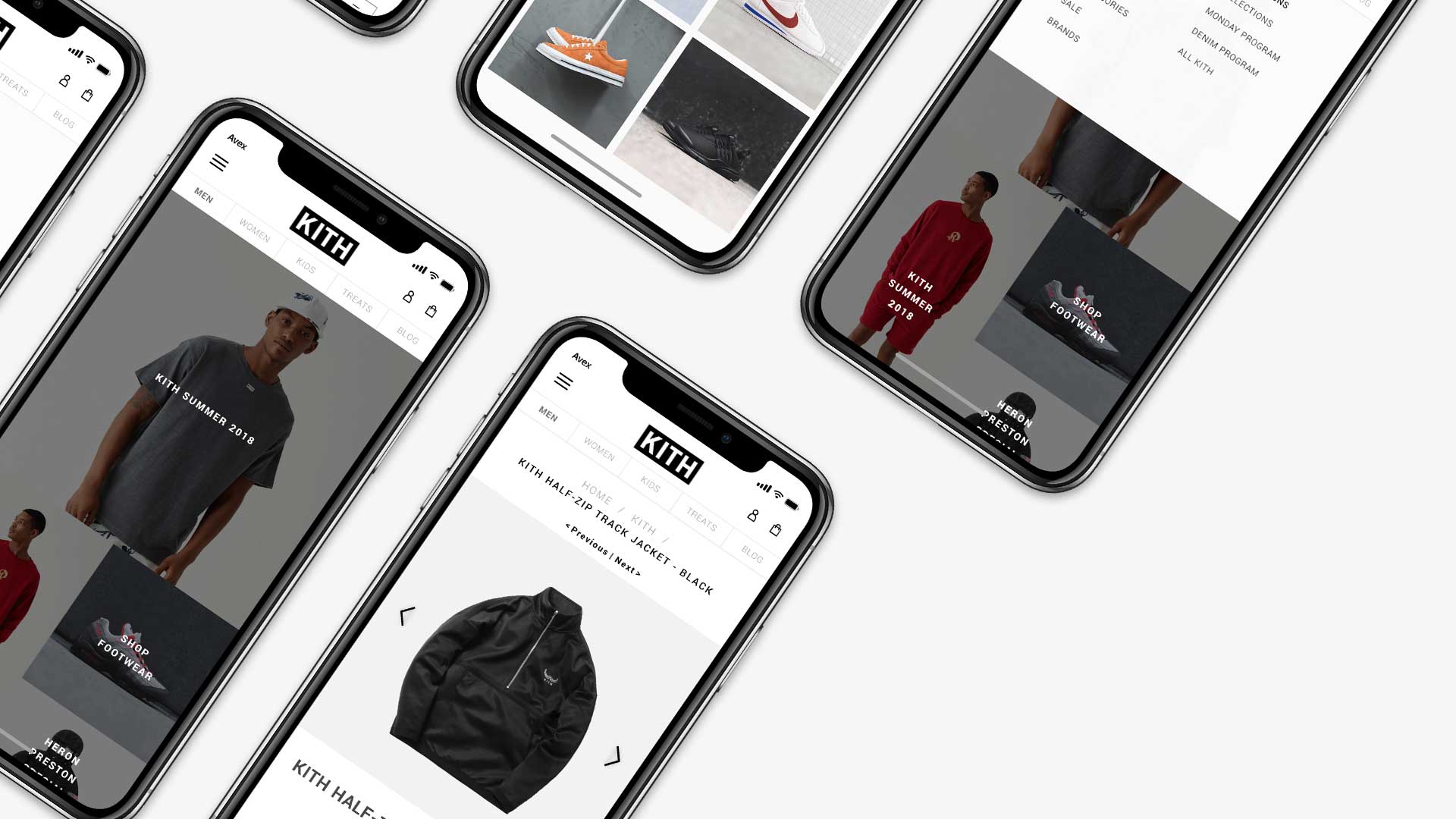How To Create and Tell Your Brand Story Online

Quick Summary It’s no secret that we all live in breathe social media every day. In the past, brands got their names out through billboards and commercial spots. Now, these are still useful tactics, but when everyone’s scrolling on their phones and newsfeeds in their spare time (which is, a lot of the time), why not target these people directly? Social media advertising has changed the game, and now, it’s easier than ever for brands to showcase their products and reach their customers. This can be especially beneficial when partnering with a digital agency such as Avex to help curate content and find the right customer to target.
What endears consumers to a brand? Is it their products or services, or the way they interact with customers? Is it eye-catching logos or memorable social media ad campaigns? What makes people prefer Coke over Pepsi, Nike over Adidas, McDonald’s over Burger King? How do you tell your brand story?
In this day and age, the strategies for creating, growing, and maintaining a brand have changed dramatically thanks to the virtual reach offered by online and mobile technologies. You have greater opportunity to connect, but only if you use it wisely, and this means forging personal relationships with customers.
One of the best ways to do this is through Brand Stories that humanize your brand, make it relatable, and create an association with a desirable lifestyle that appeals to your target audience. What are brand stories and how can you effectively create and tell them in digital space?
What Is A Brand Story?
Before you go wild imagining a fascinating story for your brand, take a moment to think about why you started your business in the first place. For most people, starting a business is a deeply personal pursuit motivated by passion or years of experience – often both.
Why did you start your business?
Who are you trying to help and why?
Never stop asking yourself these questions. The answers are the bones of your brand story and they help to make your brand compelling, heartwarming, relatable, or otherwise appealing to consumers.
The Importance Of Brand Stories
The products and services you offer are the bread and butter of your company’s success, but before you can sell, you first have to create awareness and desire. You also have to compel consumers to choose you over competitors. This is why your brand story is just as important as your products and services, if not more so.
Your brand story needs to convey what you’re about, including your ideals and what makes you relevant and relatable. Suppose you sell facial tissue. How do you compete with Kleenex, a household name? What makes your brand more desirable than theirs? It’s not the product you offer, it’s the story behind why you’re selling it, the motivations that resonate with buyers and align with their own experiences and ideals.
Your Target Market
Naturally, you need to know who your audience is so that you can tailor your brand story to create meaningful connections. How do you make your story relatable to young adults, stay-at-home parents, CEOs, or retired seniors, for example?
Who are these people?
What are their wants and needs?
What are their interests?
Exploring your target market to create a relatable brand story, ignite emotional response, and forge strong personal connections is essential to branding success.
Tell Your Brand Story Digitally
Once you have your brand story fleshed out, it’s time to address the nuts and bolts of displaying it in digital space. This means including branding elements like About Us and Mission Statement pages on your website, as well as inserting images and videos that catch attention and bring your story to life. Your layout and navigation should be simple, streamlined, and uncluttered to create a positive and satisfying user experience, complete with prominent buttons or links for sign-up, FAQs, and so on.
Your promotional campaigns should include brand awareness advertising like videos that tell your brand story, and your email outreach should personalize the experience. When consumers sign up for membership or a newsletter, you should send them personalized communications, starting with a welcome email or a message from the founder that expresses your brand story. You can also use video communications to further personalize the experience and increase engagement.
Finally, you’ll want to create a Social Media Strategy that not only includes posts and videos that support your own brand story, but that encourages participation and an active community related to your brand. Experiential marketing could include giving extensive product details like short documentaries about production or where products end up. Customers can share their own experiences via social media campaign hashtags and as a result, provide you with User Generated Content to share which is extremely valuable! Encouraging customers to intertwine their stories with your own can only help to inform and expand your ongoing brand story.




